Located at the edge of a shield volcano overlooking the modern town of Springerville, Arizona, the ancient village of Casa Malpais sits on a terrace made of a type of volcanic basalt called Malpais. People built the village over a number of volcanic fissures that provided easily accessible “basement” spaces. The settlement consisted of some 60 ground-floor rooms and a large ceremonial chamber that archaeologists refer to as a great kiva. The folks who lived at Casa Malpais from around AD 1275 to 1350 were probably ancestors of the modern Zuni, Hopi, and Acoma peoples. The site is also mentioned as an important place in Navajo night-way ceremonies.
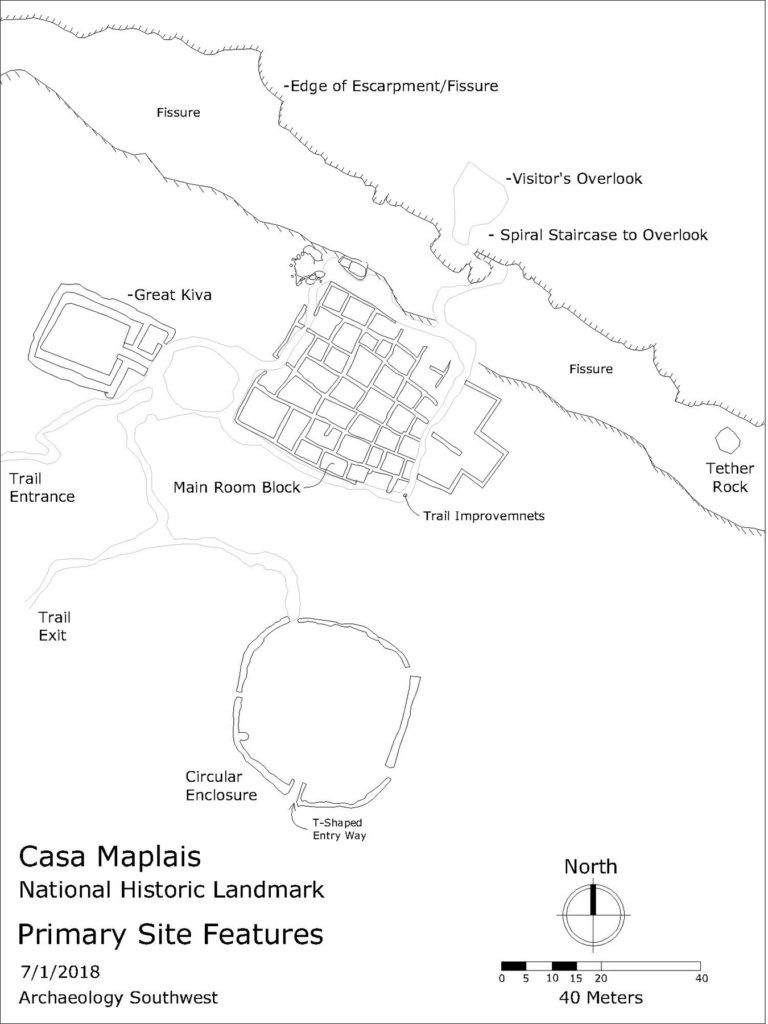
The Town of Springerville opened Casa Malpais to guided tours in 1993, and hundreds of thousands of people have had the opportunity to tour this unique and amazing place of the past.
Opening ancient places for public visitation comes with a few responsibilities, however. Working from the ethic of “do no harm,” a careful balance must be struck between preservation and visitation. As a result, the town of Springerville has partnered with Archaeology Southwest to ensure that Casa Malpais is not “loved to death” by visitor impacts, and to ensure that we continue to resist the forces of erosion that could cause the beautiful stone masonry walls to collapse.
As a rule, wet-laid stone masonry walls exposed to the elements in the Springerville area tend to last about 10 years before the silty clay mortar erodes away, leaving the walls in danger of falling into piles of rubble. Archaeology Southwest has worked with the Town of Springerville to ensure that this does not happen, through a process known as repointing. To repoint the ancient stone walls, a natural source of mortar is identified and then mixed with water to the consistency of dry cookie dough, and then this mixture is pushed into the voids left behind from the previous 10 years of wind and rain-based erosion. Archaeology Southwest had conducted two previous efforts to repoint and stabilize the walls at Casa Malpais in 2003 and 2008, and by 2017 it was clear that the village needed another treatment.
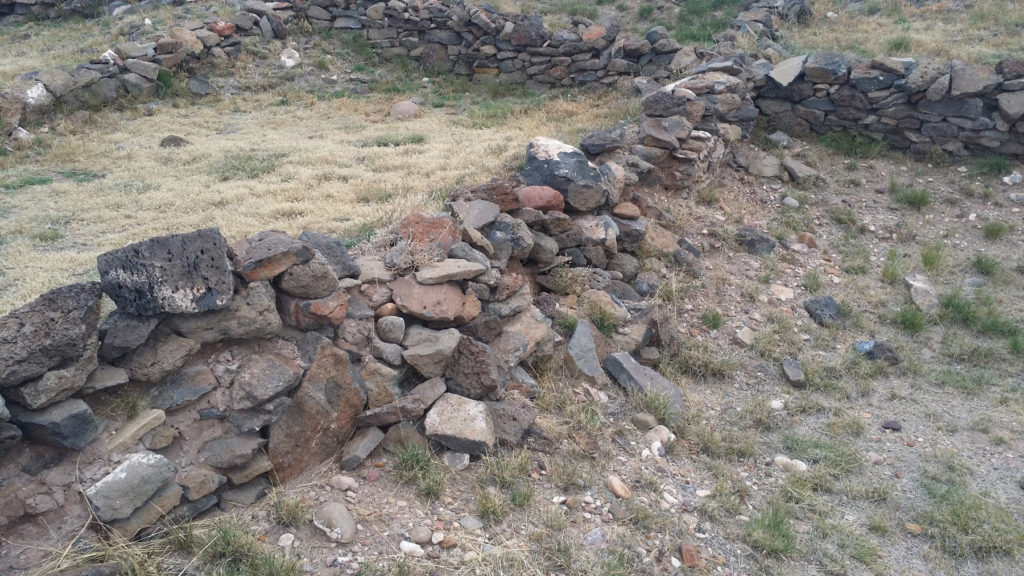
For the 2017 stabilization effort, the National Park Service provided funding so that Doug Gann of Archaeology Southwest could partner with the Zuni Ancestral Lands Program, led by Ryan Aguilar, to direct the repointing efforts. A troop of Boy Scouts and volunteers from the Town of Springerville joined in to conduct a two-week repointing effort at the site.
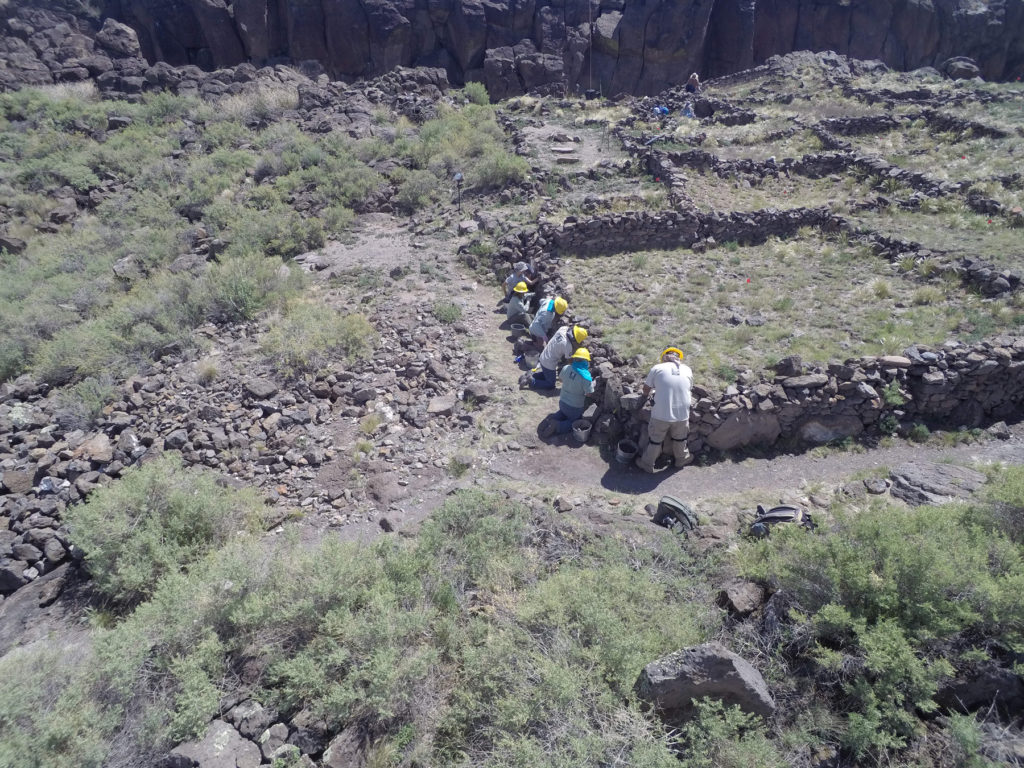
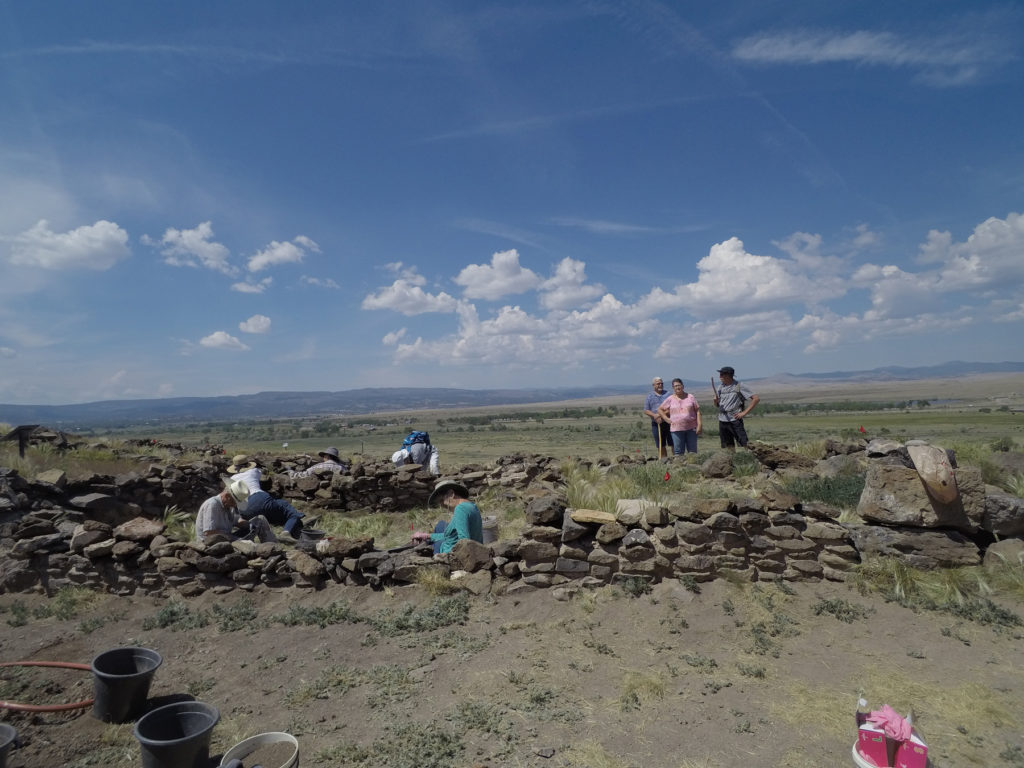
Stabilization efforts resulted in 460 linear feet of masonry walls successfully repointed. In addition, we conducted two other efforts. Drone-based digital mapping recorded the position of all known walls at Casa Malpais, and a safety hazard was corrected by removing a large stone from the visitors’ trail that could cause people to trip—not good, next to a 30-foot cliff face.
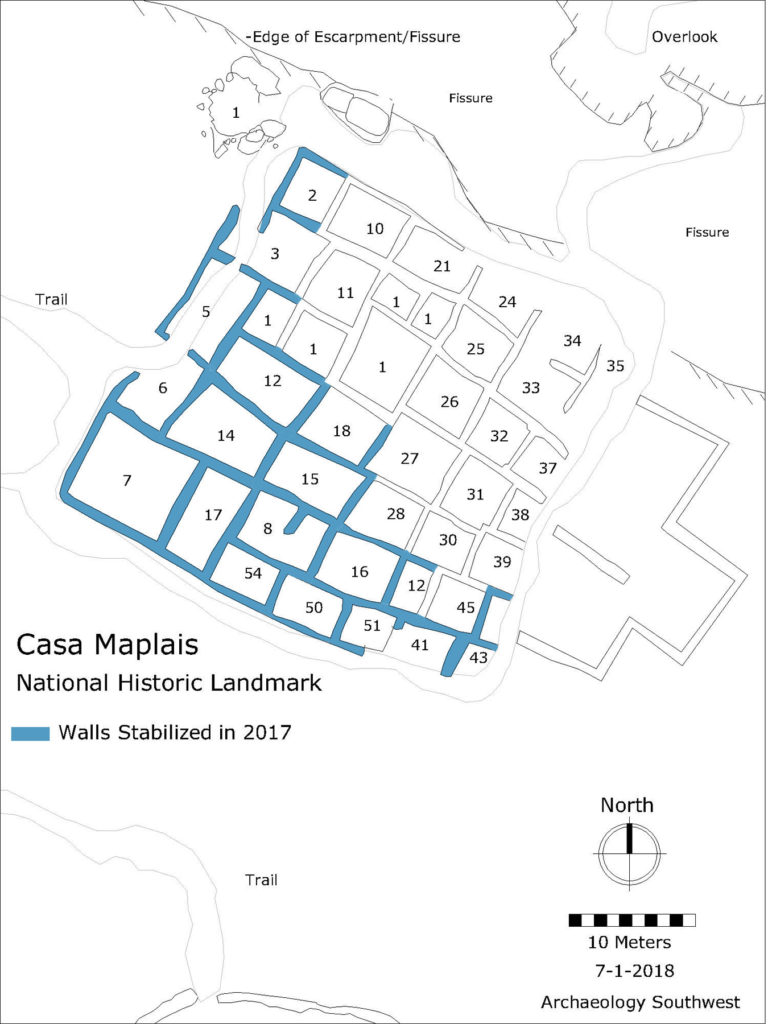
The site was mapped and modeled using a UAV (unmanned aerial vehicle, commonly known as a drone) and photogrammetric modeling software. By collecting 700 aerial images, the software is able to create meticulous three-dimensional models of everything visible upon the site. The models are incredibly detailed and will serve as an archive of the state of the site in 2017.
To correct for the trip hazard, we first had to evaluate just what the large stone was doing in its current location. Was the stone in situ (in other words, had the stone been placed there by the ancients)? Was it the top stone on a buried wall? In either of those cases, we would not be able to move the stone, as that would have damaged the archaeological record. Fortunately, a pull-tab wedged in the dirt beneath this stone indicated that the rock had been dislodged by modern processes. The stone and loose fill beneath was removed, revealing in situ wall stones in a stable, buried configuration. The trail was repaired and visitors to the site may now safely tread over this previously tricky spot on the path.
Digital model showing in situ wall stones exposed by the trail repair process.
by Doug Gann
on Sketchfab
The project wrapped up in June 2017, and the ancient village of Casa Malpais was stabilized and ready for sharing this place of the past with summer and autumn visitors seeking respite from the heat in the mountain air.
Details
Related to This
-
Location Casa Malpais Archaeological Pa...